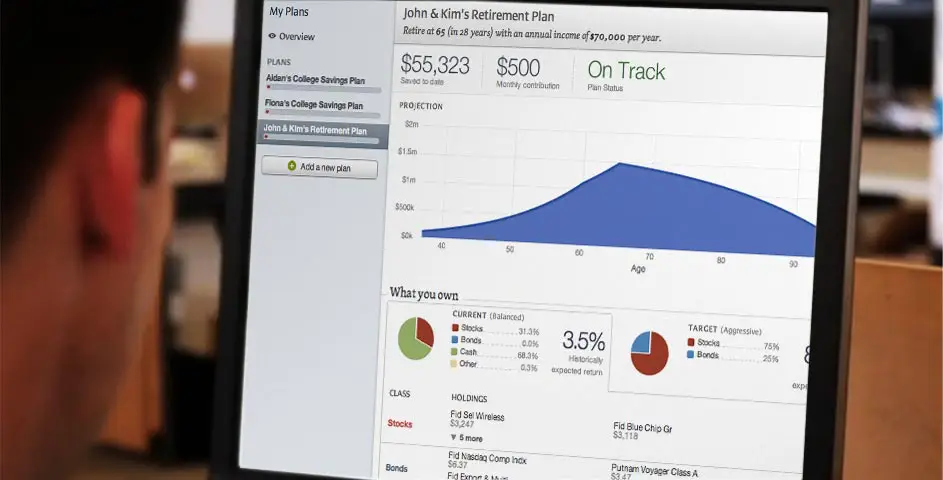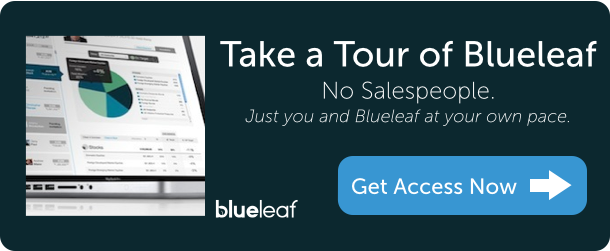What is a Client Portal?
Client Portal
A client portal is a secure, private website that provides the clients of financial advisors, CPAs and other types of service professionals with a place to view personal financial information and use financial management tools.
A financial advisor, for example, can provide his or her clients with a portal in order to electronically share up-to-the-minute information on the client’s account balances, performance, allocation, and holdings. All the information can be viewed in one place—an added convenience for the client, and an effective way for the advisor to manage an abundance of client data.
The advisor and client can also use the portal to securely share data with other professionals who are serving the client, such as the client’s accountant and attorney. The intent is to streamline communications and enhance collaboration between members of the client’s financial team.
Not to be confused with a document vault…
The historical definition of a client portal was centered around storage and sharing static documents. The rise of file sharing services have redefined the client portal. Services that were formerly known as client portals have become a distinct category that is often referred to as “document vaults.”
While similar conceptually, file sharing services and document vaults differ. The main distinction is that a document vault is typically only accessible via a website which is often branded for the advisor. In contrast, file-sharing systems such as Dropbox or Box.net have a broader variety of more convenient access options with less ability to brand that access around the advisor.
All client portals are not alike.
A key differentiator among client portals is that some of them integrate with (and pull data from) the advisor’s portfolio management, CRM and financial planning systems—while others do not. Likewise, some of them include an account aggregation function that gathers data from held-away accounts in addition to custodial data feeds (providing a complete view of the portfolio). Others rely on outside systems to gather data.
There are other differences as well—some client portals report on performance, while others merely show balances. And a few systems will even reach out to clients with regular branded communication that serves both marketing and reporting functions, in contrast to less proactive systems. In all cases, the ease with which these portals interoperate with other advisory systems and their ease of use vary widely.

Why are client portals becoming so popular?
Client portals are the advisory industry’s answer to the electronic revolution in communications. In terms of information exchange, they have significant advantages over transferring files, such as interactivity, and the ability to consolidate ALL account data, automatically update information, and push information to clients.
Additionally, depending on the portal’s capabilities, the advisor may have the option of branding it with his firm’s logo and identity—one more way of subtly reminding client of the value they’re getting from an advisory firm.
Many benefits—for advisors and clients alike.
The best client portals are designed to help advisors serve clients better, simplify the advisor’s business and help achieve the advisor’s bottom-line goals. Client portals will typically help advisors serve more clients more easily by lowering per-client service costs. At the same time advisors with good portals typically report much higher client satisfaction making them a powerful one two punch.
Let’s make you look good.
Blueleaf has designed and created a stunning client portal that will change the way you interact with clients. Click here to learn about the Blueleaf client portal and advisor dashboard, or take a tour with our demo videos by clicking the button below.
